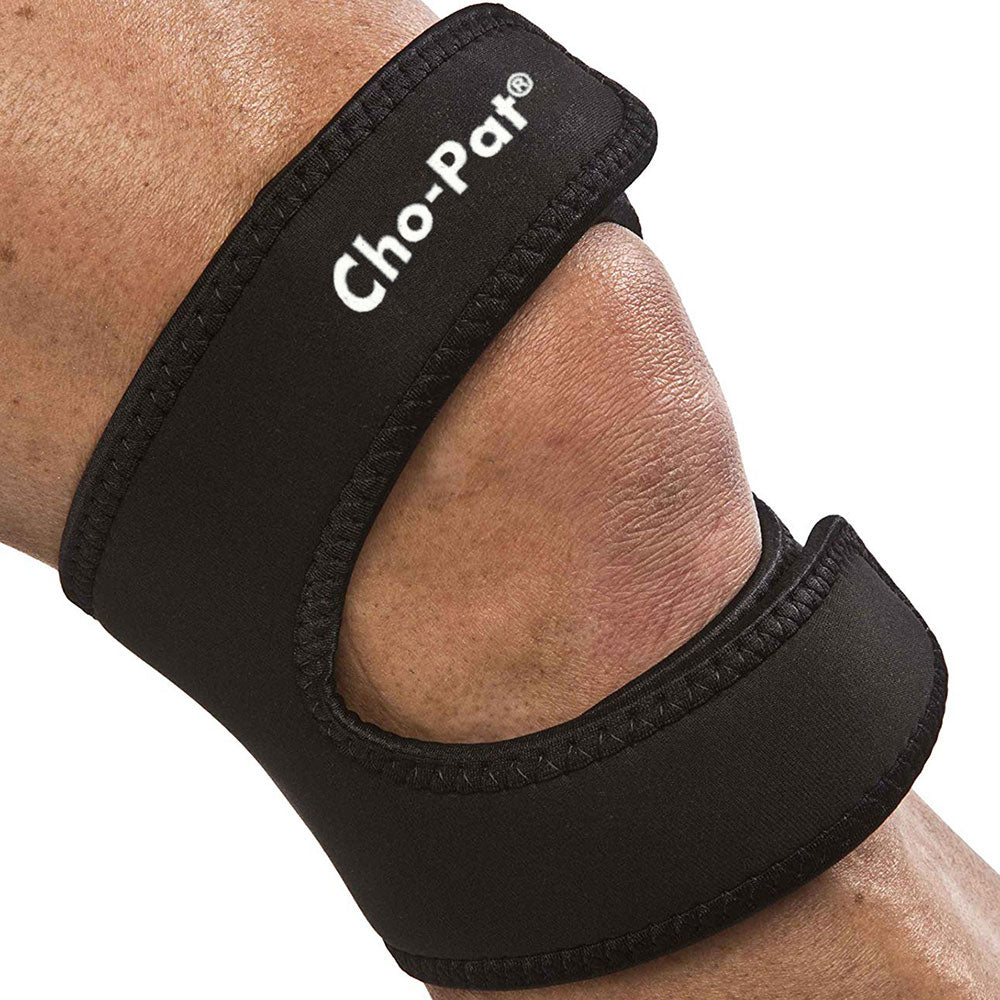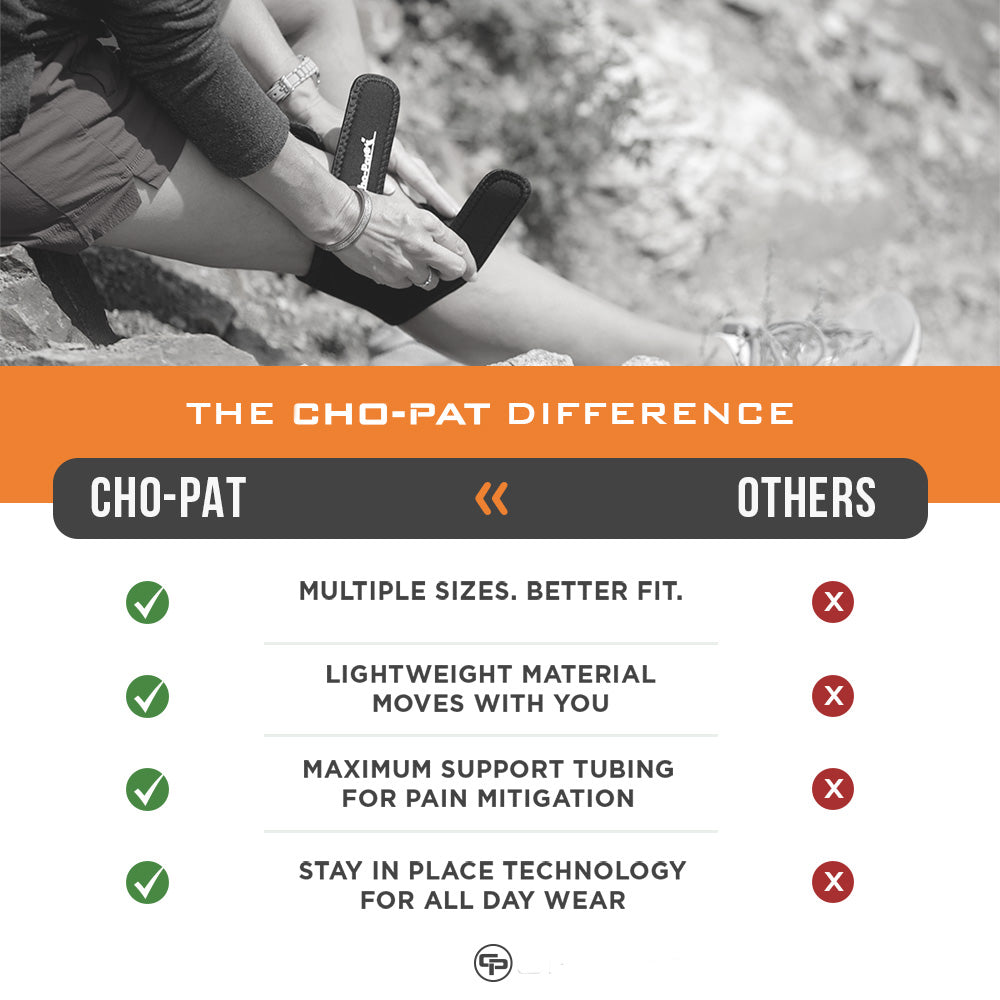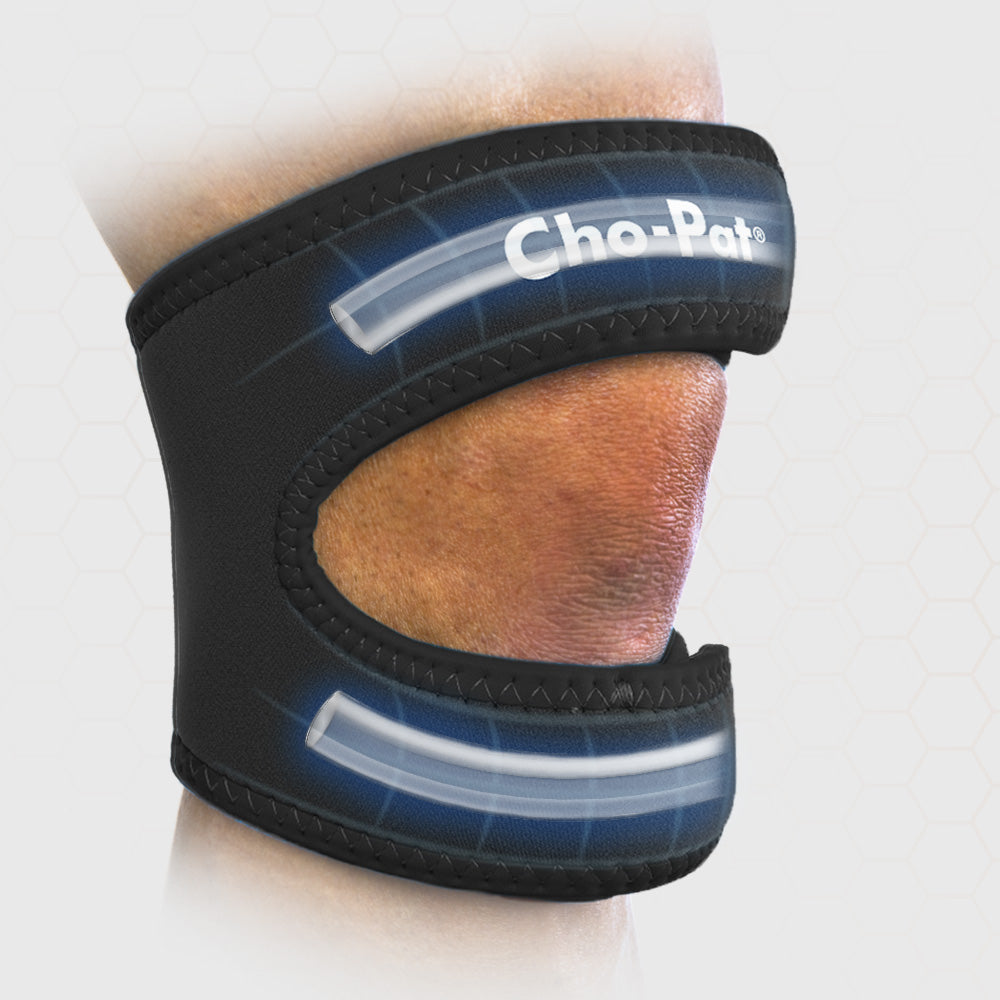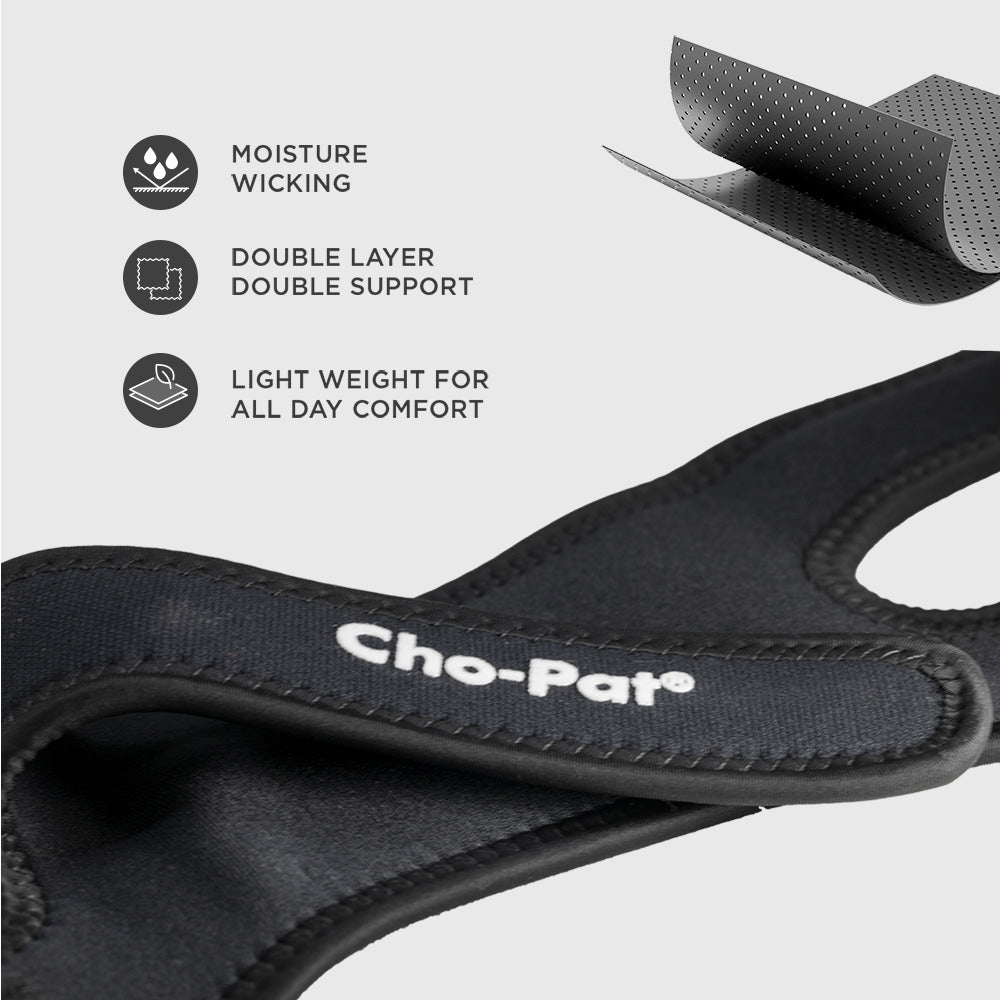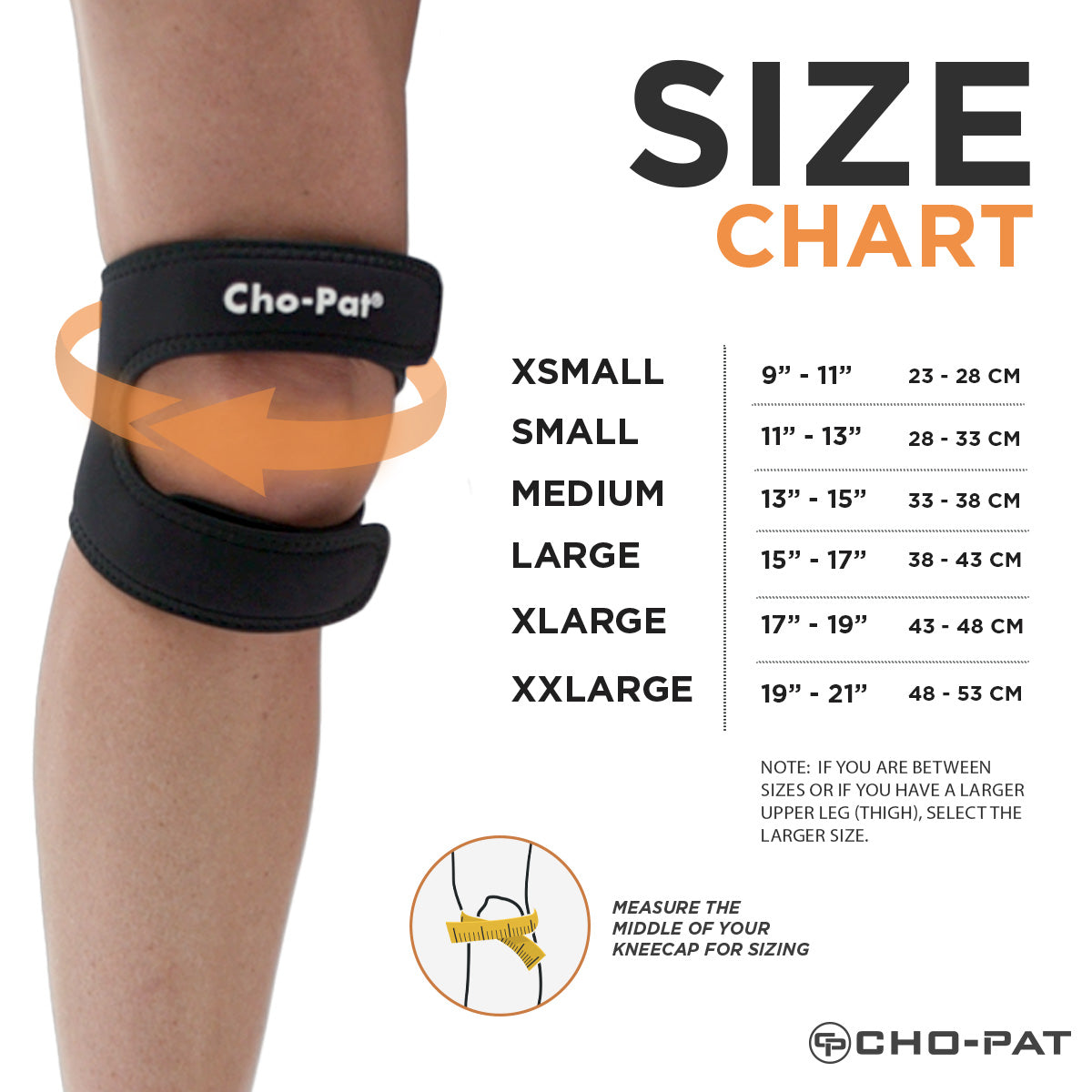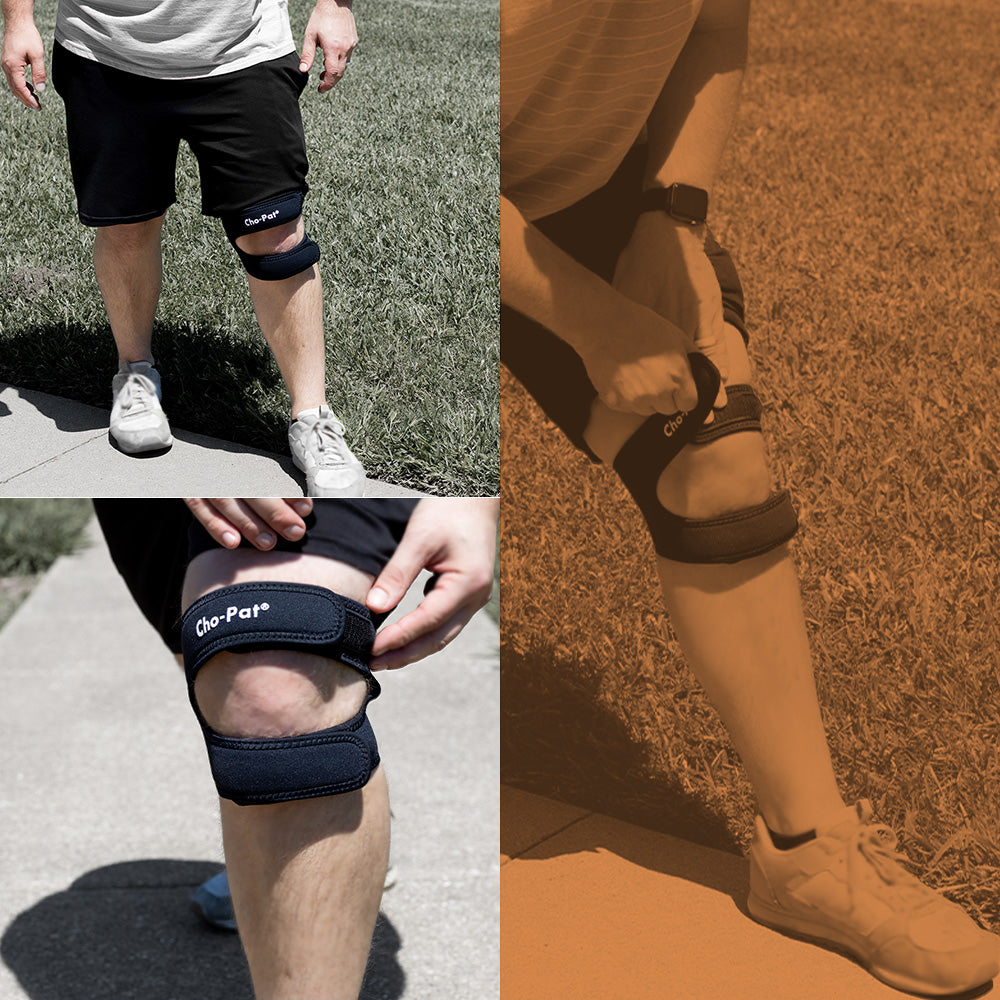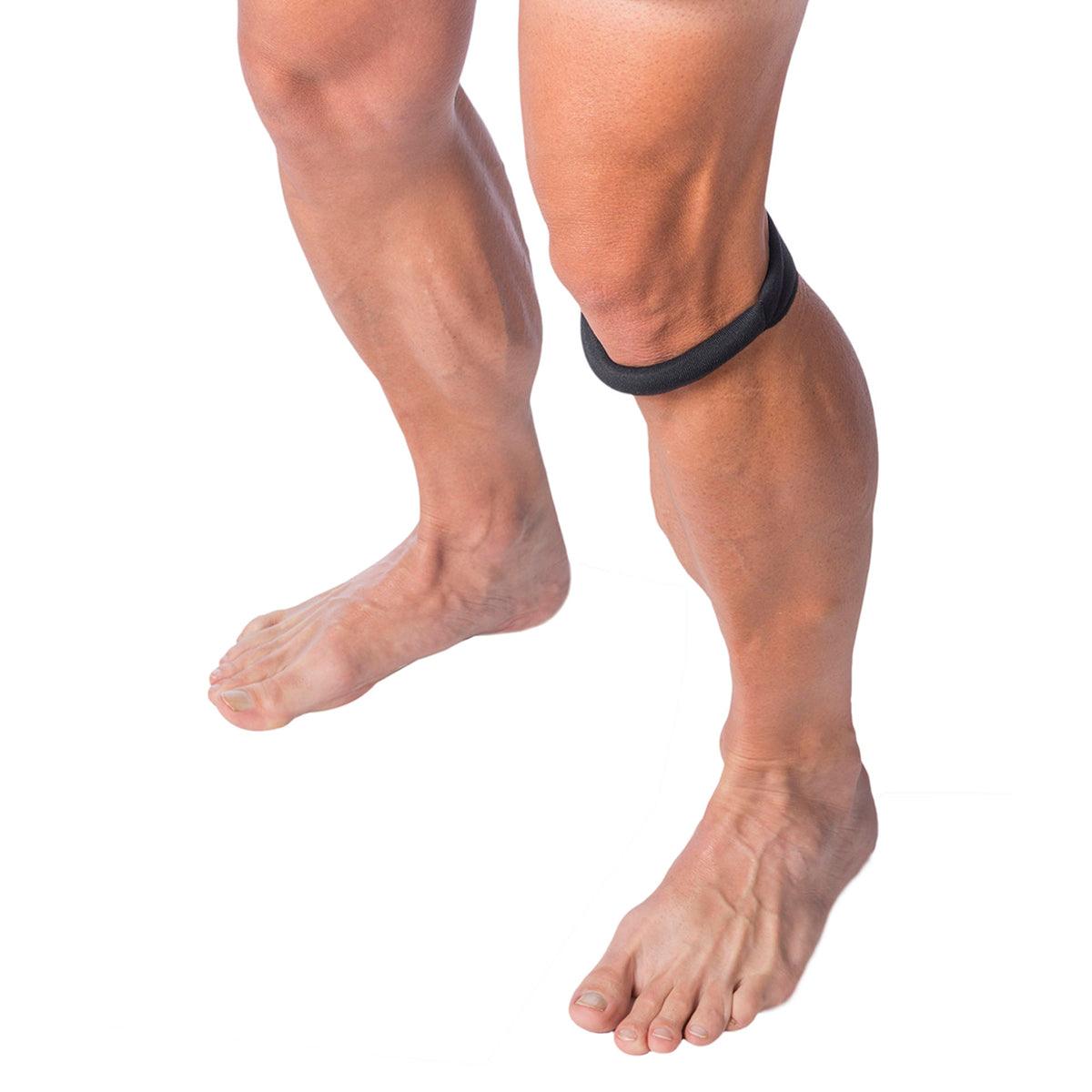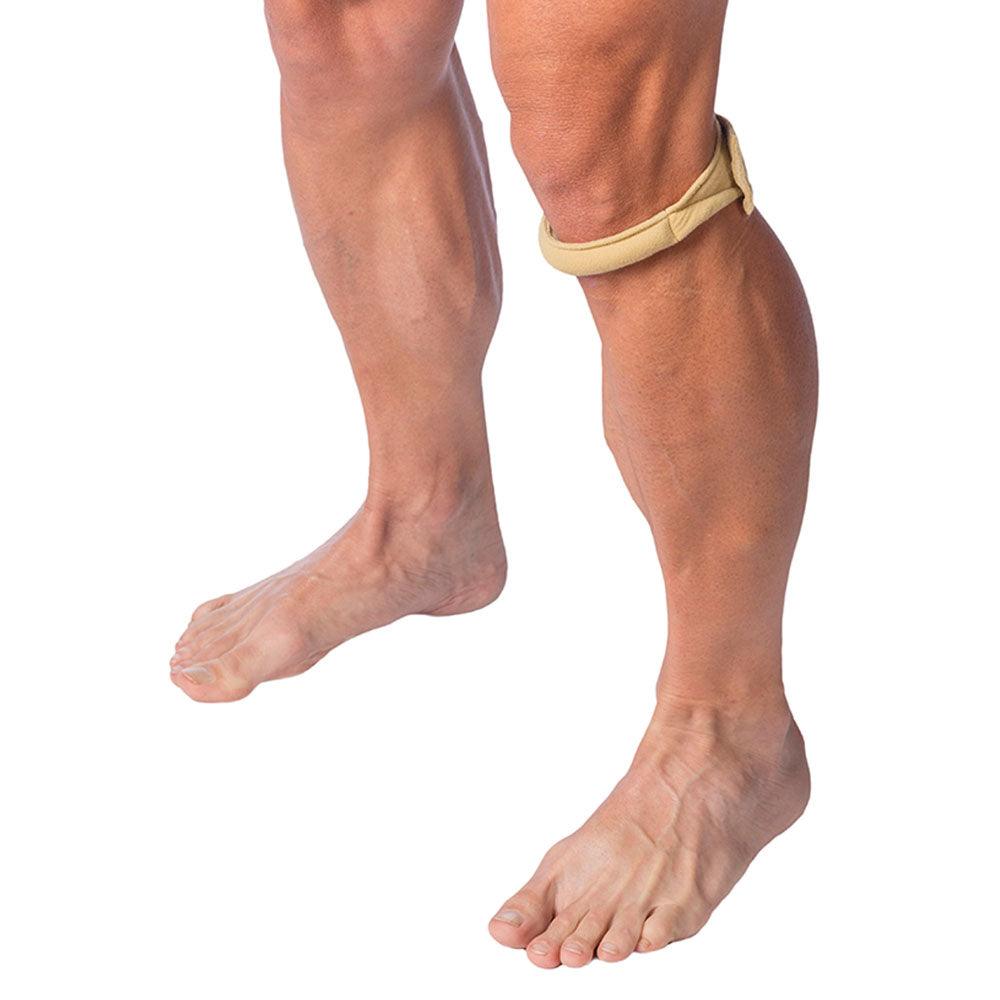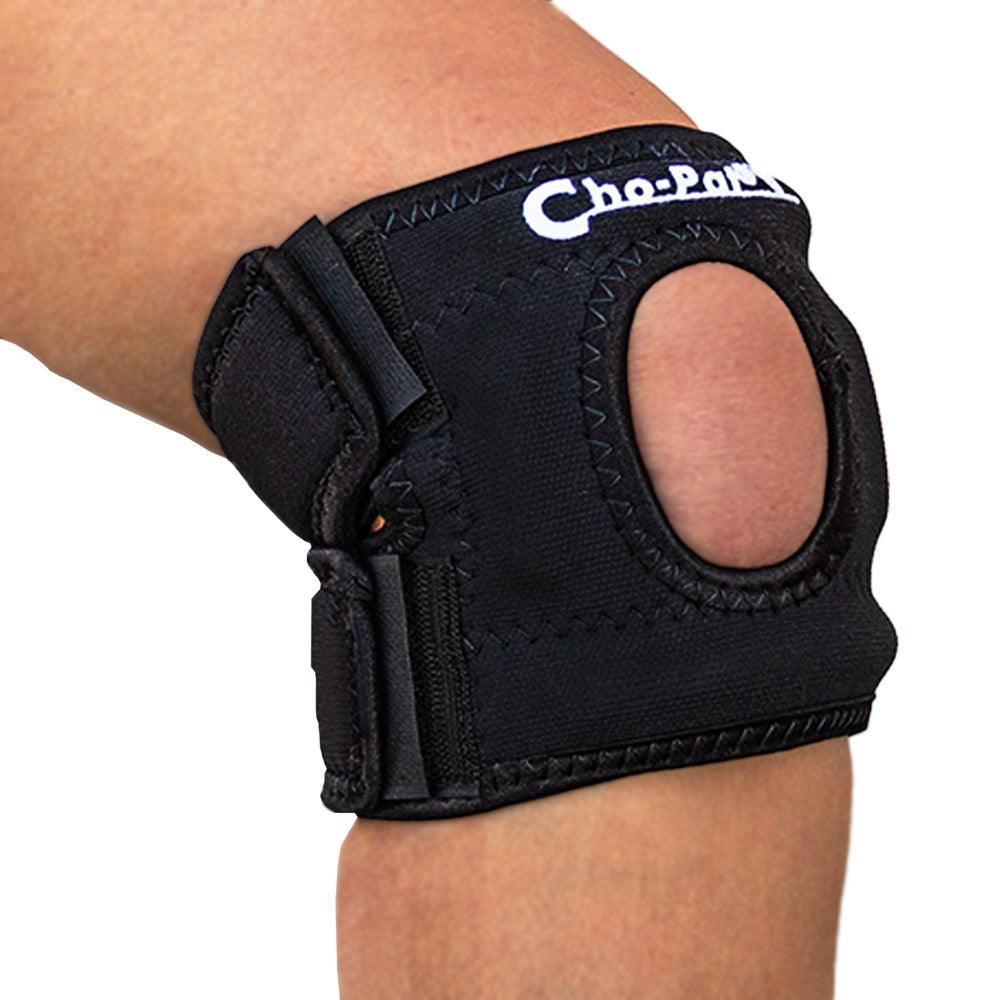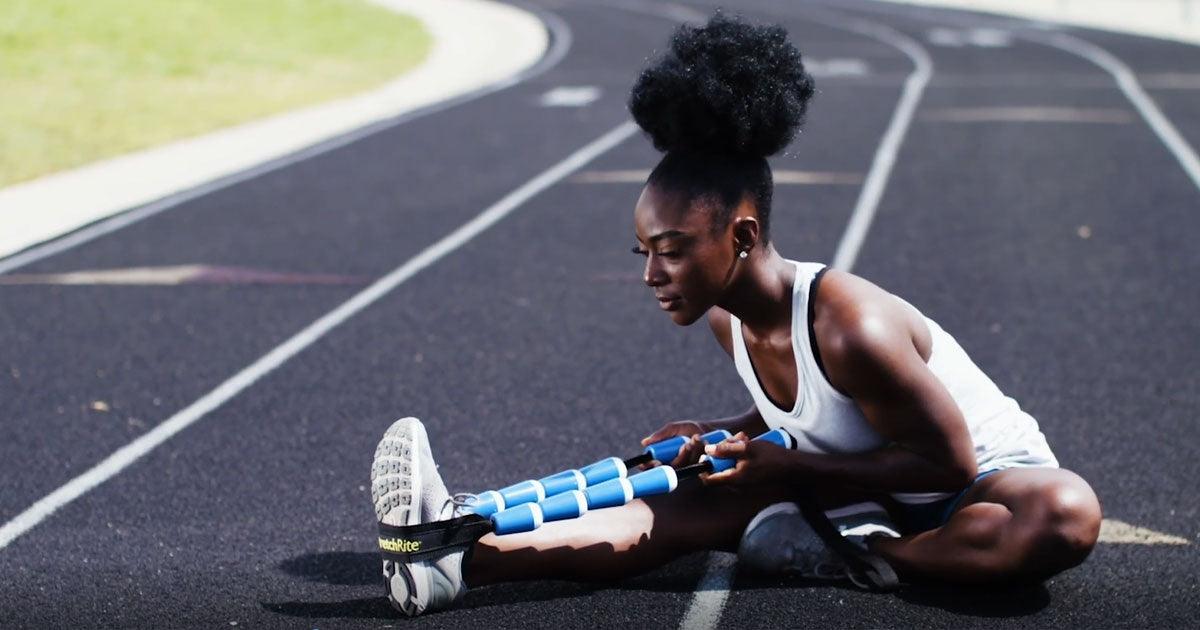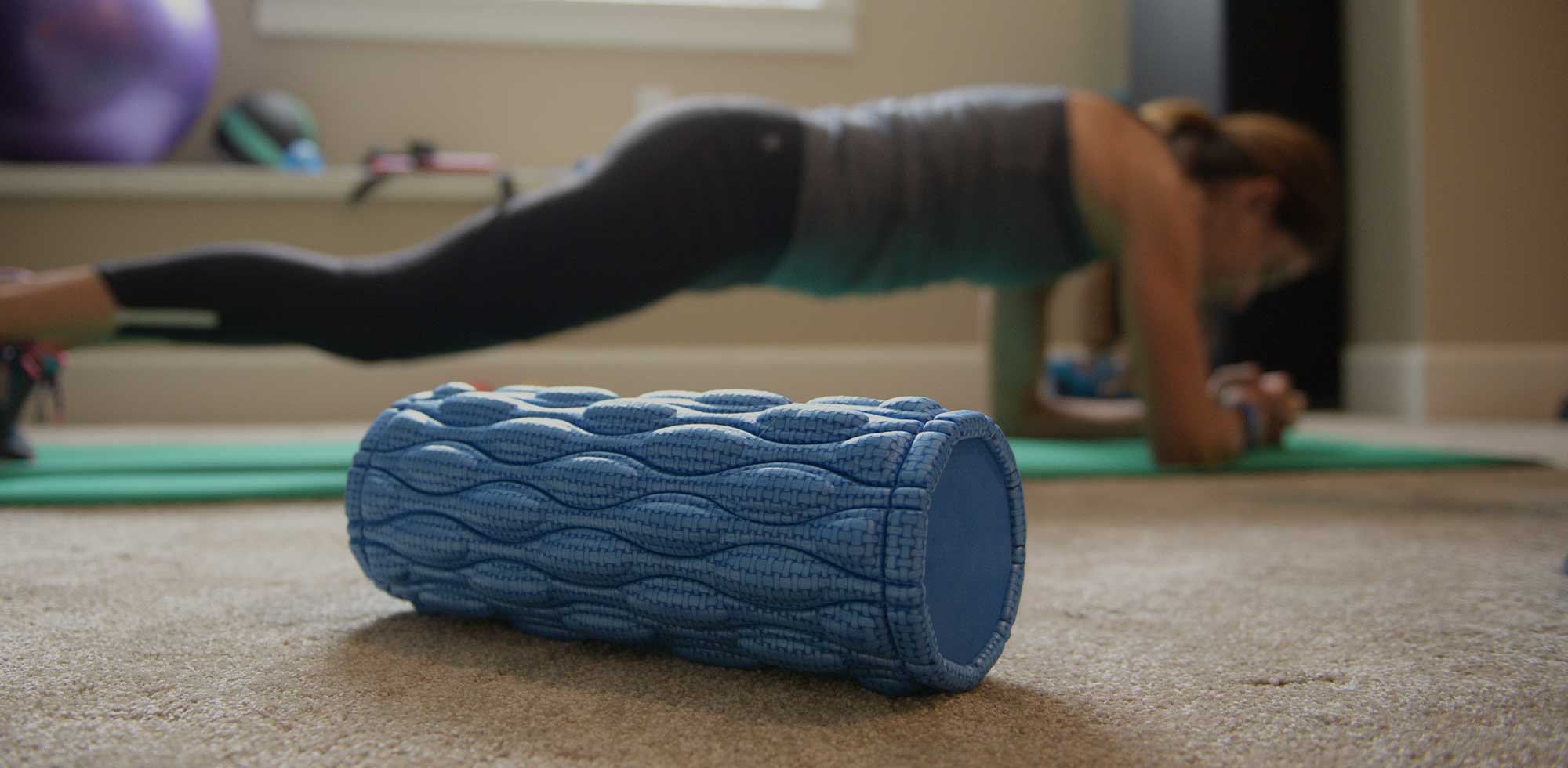Running provides many health benefits, including improved cardiovascular fitness, stronger bones, and muscles, and running can be used to help maintain a healthy weight. But what if you experience persistent pain in your knee when walking, bending, jumping, or sprinting?
Runner’s knee is a broad term used to describe several injuries related to the knee. It’s a term that many runners and other athletes dread as recovery time can vary and, in some cases, may be lengthy. Therefore, knowing the causes of runner’s knee, runner’s knee symptoms, and how to prevent runner’s knee is just as important as learning about treatment options.
What is Runner’s Knee and Who Gets It?
Runner’s knee, which is also referred to as patellofemoral pain syndrome, is not an injury specific to just runners, despite its name. Runner’s knee describes pain radiating from your kneecap that may be accompanied by symptoms like inflammation or popping noises.
Runner’s knee affects people of all ages, but it is most common in young adults and the elderly. It is most commonly caused by:
- Overuse: Up to 75 percent of all running-related injuries are caused by overuse and repetitive motions. Repeatedly bending your knee or engaging in many high-stress exercises can irritate the tissues surrounding and in your kneecap.
- Trauma: Direct injuries to your knee from a physical blow or a fall can damage your kneecap and surrounding tissue, resulting in runner’s knee.
- Malalignment: Some individuals may have a misaligned bone somewhere between their hips and their ankles that can put too much pressure on specific spots. Pressure and the kneecap’s inability to move smoothly through its groove can cause pain, inflammation, and result in runner’s knee.
- Unbalanced or weak thigh muscles: Your quadriceps are the large muscles in front of your thigh. These muscles keep your kneecap in place whenever you stretch or bend the joint. If these muscles are too tight or too weak, your kneecap may not stay in the correct position.
Runner’s Knee Symptoms
The primary runner’s knee symptoms revolve around pain. You may have runner’s knee if you have persistent pain in the front, behind, or around your knee cap whenever you bend your knees. The pain may be gradual and may worsen when walking downhill or downstairs. You may also experience symptoms such as:
- Inflammation
- Popping noises when you bend your knee
- A grinding or rubbing feeling in your knee when you walk
How is Runner’s Knee Diagnosed?
Runner’s knee is diagnosed through a physical exam at your doctor’s office. Your doctor may want to do additional testing, such as an x-ray, to confirm the diagnosis and rule out other medical conditions.
How is Runner’s Knee Treated?
If you have runner’s knee, it is crucial to take the condition seriously and start treatment right away to avoid chronic or further injury. While runner’s knee gets better on its own over time with rest, there are several things you can do to speed up your recovery and alleviate pain, including:
- Wrap your knee: Wrapping your knee with the Cho-Pat Dual Action Knee Strap, or the Cho-Pat Original Knee Strap provides extra support, comfort, and mobility to your knee. Having additional support will reduce runner’s knee symptoms while speeding up your recovery and alleviating pressure on your injured knee.
- Strength training and stretching exercises: Strengthening and stretching the muscles around your knee, including your quadriceps, can help your knee recover and aid in preventing further injury to your knee in the future. Strength training is crucial if weak muscles likely caused your runner’s knee.
- Arch support for your shoes: If foot-related problems likely caused your runner’s knee symptoms, arch support can help with recovery and prevent runner’s knee in the future.
If you have runner’s knee, you must rest and avoid activities that worsen your runner’s knee symptoms, including running, sitting, or standing for long periods, lunging, and squatting. If you attempt to push past runner’s knee or rush things, you could damage your joint for good. You should not return to your previous level of activity until:
- You can fully straighten and bend your knee without experiencing pain
- You do not feel any pain when you walk, jump, sprint, or jog
- Your knee feels as strong as your uninjured knee
How to Reduce the Pain of Runner’s Knee
Runner’s knee symptoms are painful and uncomfortable. While treating your runner’s knee, there are several ways you can reduce the pain you are experiencing, including:
- Wrapping your knee to give your knee extra support
- Elevate your leg on a pillow whenever sitting or lying down
- Icing your knee every 3-4 hours for 20-30 minutes
- Taking over the counter NSAIDs, such as naproxen or ibuprofen
- Providing your knee with adequate rest and avoiding activities that cause pain to worsen
How to Prevent Runner’s Knee
Knowing how to prevent runner’s knee will help you avoid injury in the future. You can prevent runner’s knee by:
- Staying in shape and maintaining a healthy weight
- Warming up before every workout
- Using regular exercise to keep your thigh muscles limber and strong
- Making sure your shoes and knees have enough support
- Avoiding running on hard surfaces, including concrete
- Wearing shoes that fit and are in good condition
- Avoiding sudden changes to your workout
Preventing and Reducing Runner’s Knee Symptoms
Runner’s knee is a common ailment that affects more than just runners, but it’s a condition that should be taken seriously to avoid permanent damage to your knee. Treating runner’s knee right away and taking steps to prevent further injury will help you achieve a faster recovery and prevent chronic pain.
Are you experiencing runner’s knee symptoms? We can help. Contact us today to learn more about our products and pain solutions.

KNEE SUPPORT PRODUCTS
OTHER RELATED TOPICS:
OSGOOD SCHLATTER DISEASE EXERCISES
HOW TO CHOOSE THE RIGHT KNEE BRACE FOR RUNNERS
RUNNER’S KNEE: IMMEDIATE RELIEF & LONG-TERM HEALING
KNEE PAIN: SOLUTIONS TO PREVENT RUNNER’S KNEE
PLEASE NOTE: The information on this website and article is for information only and should not be used as a substitute for consulting your doctor. Consult your doctor for proper diagnosis and rehabilitation.







